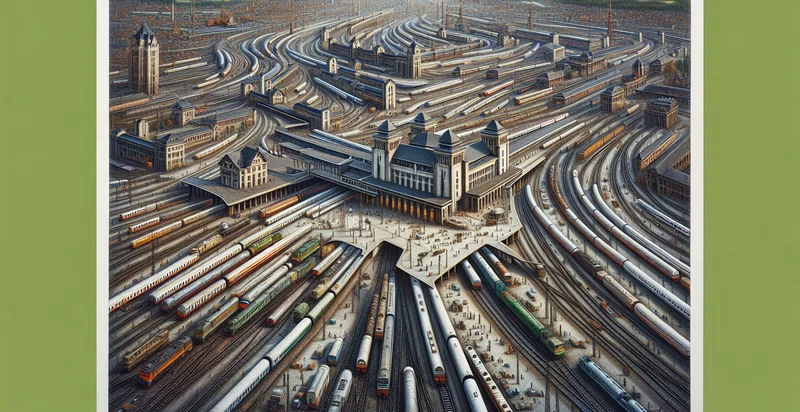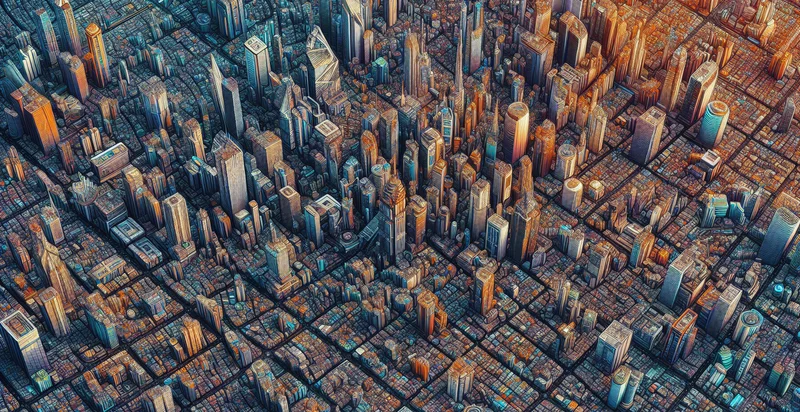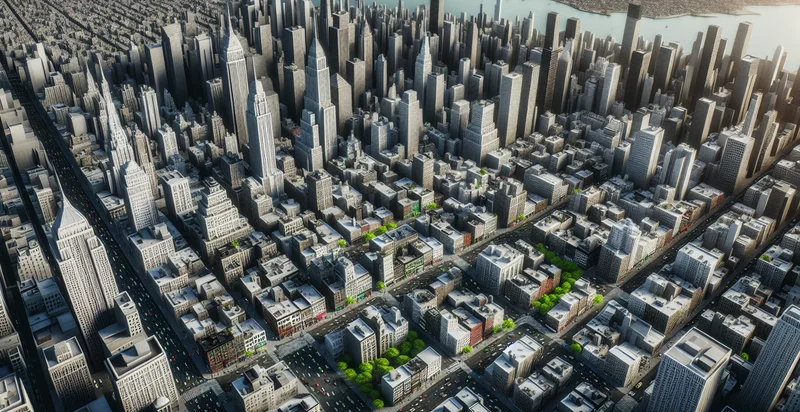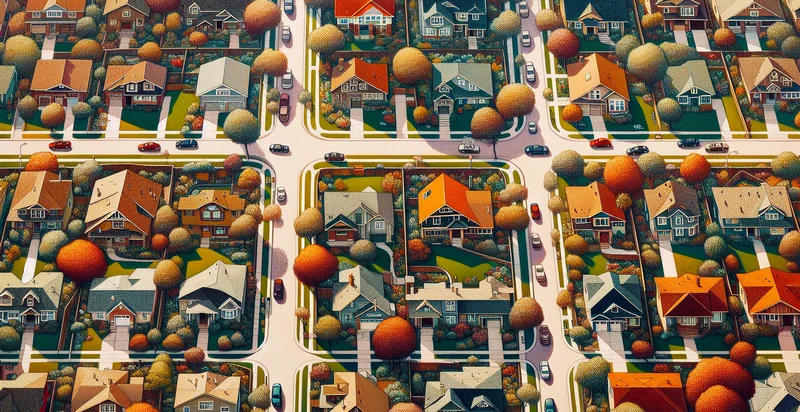Identify aerial views of train stations
using AI
Below is a free classifier to identify aerial views of train stations. Just upload your image, and our AI will predict if it's an aerial view of a train station or not - in just seconds.

Contact us for API access
Or, use Nyckel to build highly-accurate custom classifiers in just minutes. No PhD required.
Get started
import nyckel
credentials = nyckel.Credentials("YOUR_CLIENT_ID", "YOUR_CLIENT_SECRET")
nyckel.invoke("aerial-views-of-train-stations", "your_image_url", credentials)
fetch('https://www.nyckel.com/v1/functions/aerial-views-of-train-stations/invoke', {
method: 'POST',
headers: {
'Authorization': 'Bearer ' + 'YOUR_BEARER_TOKEN',
'Content-Type': 'application/json',
},
body: JSON.stringify(
{"data": "your_image_url"}
)
})
.then(response => response.json())
.then(data => console.log(data));
curl -X POST \
-H "Content-Type: application/json" \
-H "Authorization: Bearer YOUR_BEARER_TOKEN" \
-d '{"data": "your_image_url"}' \
https://www.nyckel.com/v1/functions/aerial-views-of-train-stations/invoke
How this classifier works
To start, upload your image. Our AI tool will then predict if it's an aerial view of a train station or not.
This pretrained image model uses a Nyckel-created dataset and has 2 labels, including Busy Train Station and Quiet Train Station.
We'll also show a confidence score (the higher the number, the more confident the AI model is around if it's an aerial view of a train station or not).
Whether you're just curious or building aerial views of train stations detection into your application, we hope our classifier proves helpful.
Related Classifiers
Need to identify aerial views of train stations at scale?
Get API or Zapier access to this classifier for free. It's perfect for:
- Urban Planning and Development: The aerial views of train stations can aid city planners in understanding transportation patterns and infrastructure needs. This classification function helps identify areas that may need expansion or renovation to improve commuter access and urban mobility.
- Transport Safety Monitoring: By analyzing aerial images, transport authorities can identify potential safety hazards around train stations. With accurate identification of stations, they can assess areas for better lighting, signage, and other safety measures to enhance commuter safety.
- Real Estate Valuation: Real estate investors can leverage aerial views to assess the proximity of properties to train stations. This classification aids in determining property values based on accessibility to public transport, thereby influencing investment decisions.
- Public Transit Optimization: Transport agencies can utilize the classification function to analyze ridership trends at different train stations. By correlating this data with aerial views, they can optimize schedules and routes to improve overall public transit efficiency.
- Environmental Impact Studies: Environmental researchers can use classified aerial images to study the impact of train stations on local ecosystems. This information helps assess changes in land use patterns and their effects on surrounding environments, essential for sustainable development.
- Tourism and Local Economy Boosting: Identifying train stations through aerial views can assist local governments in promoting tourism. By showcasing transport links and nearby attractions, they can create targeted campaigns to increase visitor numbers and stimulate local economies.
- Historical Analysis and Cultural Heritage: Historians and cultural analysts can utilize aerial imagery to study the evolution of train stations over time. This classification helps in documenting architectural styles and urban developments, contributing to a deeper understanding of historical transport systems.


